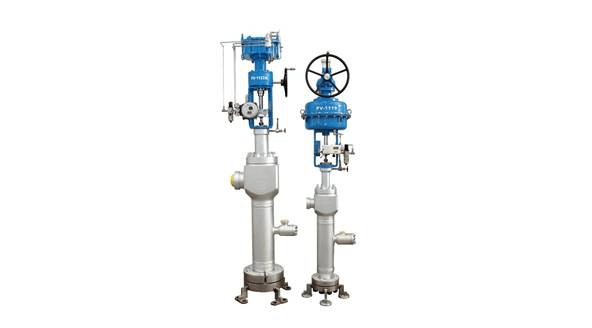
There are many different types of manufacturing that make use of steam. In addition to turning turbines to provide electricity, it has applications in food, chemical, and other industries. When combined with water, steam can be used as a cleanser. Steam valves are essential to the process because they provide the level of regulation needed for most uses.
Most steam valves’ primary function is to lower the incoming steam pressure before it enters the operation. Pressure and temperature can both be regulated with a steam valve. Low-pressure steam is commonly used in the industrial sector. Since low-pressure steam has more latent heat (making it more energy-efficient), and because steam pressure and temperature are linked, the former can be manipulated to achieve the latter’s desired impact. Plant safety will be increased as a result of reduced steam pressure.
Types of the steam valve
The steam flow can be controlled by various valves, but there are unique requirements for steam service, including higher temperatures and pressures. We’ve compiled a list of the most popular steam valves for your convenience.
Ball valves:
Ball valves are dependable and offer secure shut-off. Their regulating element design gives them a wide usable range, and they don’t have the side-loading problems that concern butterfly and globe valves. High flow rates, high-pressure levels, and high temperatures are only some of the benefits. Cleanliness is poor, and slurries can’t be processed.
Butterfly valves:
Butterfly valves are used to regulate steam flow, and they either use a disc that rotates on a completely opposite axis inside a pipe or two semicircular plates that are hinged on a shared spindle. One common application is a throttling valve, which regulates the flow rate. Butterfly valves are small and compact, allowing a rotating stem motion of 90 degrees or less. Whenever a butterfly valve is closed, it does not leave behind any pockets that could trap fluids or gas.
Globe valves:
The term “globe valve” describes linear-motion valves with spherical bodies. Industries frequently employ them for on/off and throttling fluid flow control. High-pressure limitations and precision control are two of the benefits. One drawback is the unclean conditions.
Linear motion valves:
Linear-motion valves, also known as gate or knife valves, have a flat closure device that moves into the flowing fluid to close the valve. There are two common forms for gate valves: parallel and wedge. Flat disc gates are utilized in parallel gate valves, with two parallel seats (upstream and downstream). This design is also used for knife valves, which differ in that the gate of the valve has a pointed edge at its base. It’s not hard to find large sizes. The low shut-off pressure, the absence of cleanliness, and the limited pressure are all drawbacks.
Diaphragm Valve:
A diaphragm valve squeezes a flexible diaphragm to shut off the flow through the valve. Diaphragm valves are well-suited for sanitary applications because their components can be separated from the process fluid. There is a 450° F temperature cap on the use of diaphragm valves.




